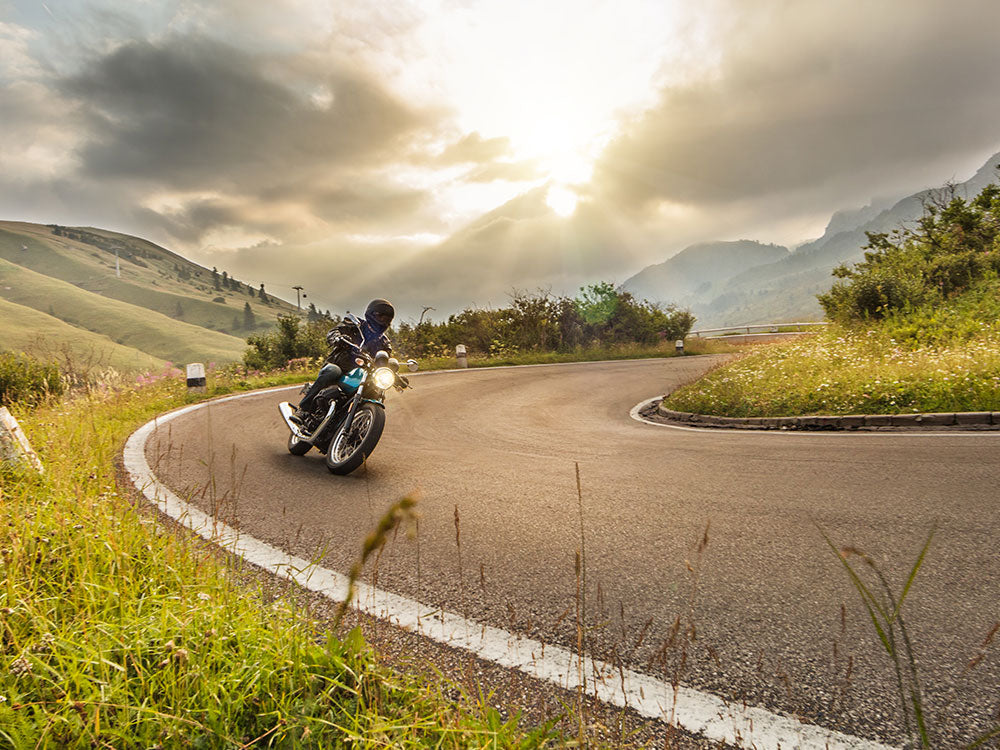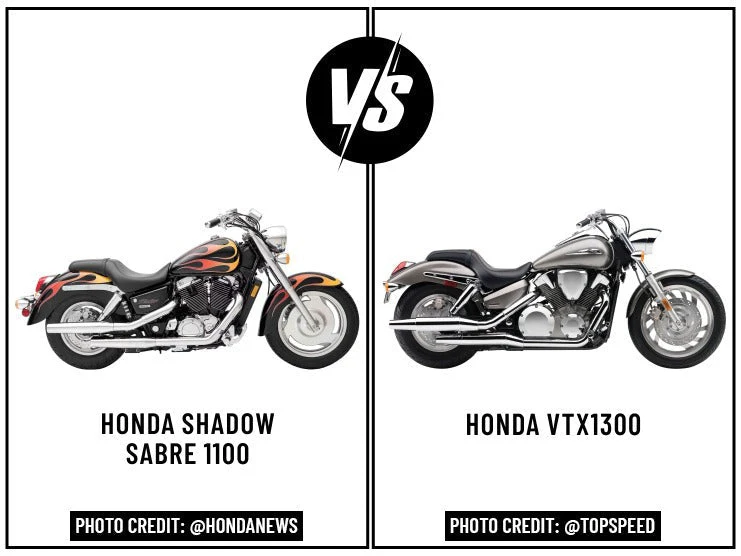Table of Content
1. Is Grip Strength Important for Better Motorcycle Handling?
Motorcyclists may find their hands and body shaking or cramping while holding onto the handlebars and controlling the clutch, brakes, and throttle. It is important to have a strong body to improve performance, reduce the risk of injury, and improve balance when riding a motorcycle. Thus, whole-body strength is essential for better motorcycle handling. Many riders suffer from arm pumps while traveling on bumpy roads. Arm pumps are a pain in the forearm muscles due to holding the bike grips for a long.
To improve your whole body grip strength, you need to engage in workouts that focus on strengthening your upper arms, forearms, calves, and hamstrings. Doing so will ensure better control of your vehicle, help you better maintain balance, and maintain your hold of the handlebars. Listed below are examples of grip-strengthening exercises you can add to your fitness routine to handle your motorcycle like an expert.
2. Benefits of a Whole Body Grip Strength When Riding a Motorcycle
2.1 Better Control
Losing control for even a second can cause your motorcycle to tip over and result in a crash. The only way to improve your control over your bike is to improve your grip.
2.2 Improved Stability
Posture helps maintain balance and stability, but it is more difficult to maintain good posture during longer rides. Good grip strength ensures your motorbike remains stable while traveling over asphalt and dirt trails. You will be able to keep your hands and feet firm to avoid rocking your motorcycle all over the place.
2.3 Reduce Arm Pump
An arm pump is a feeling of fatigue, pain, and tremors in the forearms during intense or long rides. It can significantly reduce reaction time and can cause a loss of stability and control. The severity of arm pumps varies between riders. Improved grip strength will reduce the likelihood and intensity of any arm pumps you experience.
3. Main Areas That Need Strength Training to Improve Motorcycle Handling
3.1 Legs

The legs are the body parts most in contact with your motorcycle. Since your legs absorb most of the impact when traveling over bumps and may require you to stand at times to ensure good back posture, your legs can quickly become fatigued and can negatively affect motorcycle handling, especially a dirt bike.
3.2 Core Stability
Your core muscles are what allow you to push, pull, and maintain balance on your motorcycle. As you get tired, your weak core muscles become weaker which can put a strain on your arms and cause back pain.
3.3 Arms
If you train your arm muscles, you will improve arm grip strength, muscular endurance, and overall upper body strength.
3.4 Back
The lower back is the weakest part of the body for many people. Bad posture while riding a motorcycle can only make it worse, weakening your back muscles and limiting your ability to push and pull.
4. Muscle Groups Requiring Grip Strength Training to Ensure Better Handling

To improve grip strength, you need to strengthen the following muscle groups:
- Core
- Quadriceps
- Hamstrings and Gluteal
- Calves
- Biceps
- Forearm Extensors/Flexor
4.1 Core
Core muscles consist of the abdominal and paraspinal muscles that cover your stomach and back.
Role:
- Supports the upper body
- Ensures better balance
Function in Motorcycle Riding:
- Turning
- Brake control
- Traveling dirt and off-road trails
- Muscle endurance and stamina
Exercise:
- Planks
4.2 Quadriceps
The quadriceps are the upper thigh muscles that play a major role in motorcycle handling, gear shifting and applying the rear brakes. Strong quadriceps are quite essential for better dirt bike handling as they ensure good body grips. Riding a dirt bike is challenging as you have to balance or handle the weight of the motorcycle by squeezing it with your knees, putting immense pressure on your quadriceps.
Role:
- Act as shock absorbers
Function in Motorcycle Riding:
- Muscle endurance on off-road trails
- Keep the bike upright when traveling over uneven surfaces
- Helps you pick up your motorbike if fallen over
Exercise:
- Wall squats
4.3 Hamstrings and Gluteal
The hamstring and gluteal muscles are the posterior thigh muscles and buttocks.
Role:
- Act as shock absorbers when traveling on off-road trails
Function in Motorcycle Riding:
- Help you pick up your motorbike if fallen over
- Muscle endurance and stamina
Exercise:
- Bench step-ups
4.4 Calf Muscles
The calf muscles are along the back of the lower legs. Your whole body strength largely depends on your calf muscles. If you have strong calf muscles, you can pick more weight and can have a stronger upper body.
Role:
- Helps you maintain balance
- Ensure your legs rest comfortably on pegs or footrests
- Keeps motorcycle upright when braking
Function in Motorcycle Riding:
- Muscle endurance on off-road trails
- Keep the bike upright when stationary, especially on uneven ground
Exercise:
- Double/single calf raise
4.5 Biceps
Biceps Are the upper arm muscles
Role:
- Help the arms flex and lift heavy objects
Function in Motorcycle Riding:
- Can help load cargo onto the motorbike
Exercise:
- Bicep curls
4.6 Wrist Extensors/Flexors
Wrist extensors and flexors are the muscles along the top and bottom of the forearms.
Role:
- Adjust brakes and clutch
Function in Motorcycle Riding:
- Helps apply the clutch and brakes
- Allows you to push the motorcycle
Exercise:
- Wrist extension/flexion
5. Examples of Whole Body Grip Strength Exercises for Better Motorcycle Handling
5.1 Calf Raises

The calf muscles help you grip the motorbike with your knees. The best exercise to strengthen your calves is calf raises.
This exercise can be practiced at home or at the gym. The steps are listed below:
- Stand apart at hip-width and keep your legs straight
- Push your body up using the ball of your foot, keeping it on the floor while lifting your heel off the floor
- Tighten your abs to avoid slipping
- Slowly return your heels to the floor
- Repeat 4 sets of 15-20 reps
5.2 Wrist Rollers
Strong forearms are key to a firm and secure grip when grabbing onto your motorbike's handlebars and reducing the likelihood of arm pumps. One of the most effective strengthening exercises is the wrist roller. Here's how it's done:
- Get a small weight (10-15 lbs) or fill a one-gallon jug with water and tie it to a four-foot rope
- Then, tie the other end of the rope, to a ¾ to a one-inch wooden peg
- Once assembled, wrap the rope around the pegs by hand to shift the weights toward the pegs
- When the weight reaches the pegs, untie the rope and slowly lower the weights to the ground.
- Repeat three sets of 10 repetitions
5.3 Squats

Squats work your thigh muscles, the muscles responsible for improving the grip of your legs around the bike. Listed below are the steps on how to do a squat:
- Stand with your feet apart at shoulder-width and your toes pointing slightly outward
- Keep your back straight
- Next, squat as low as possible while keeping your back straight
- Finally, stand back up with your feet, back, and legs in the original position
- Do 3 sets of 10 repetitions, increasing weight or resistance if necessary
Also Read: DOES MOTORCYCLE RIDING BURN CALORIES?
6. Examples of Whole Body Grip Strength Exercises for Long-Distance Motorcycle Riding
Physical fitness and endurance are important if you are planning a long, adventurous ride. To incorporate strength and stamina training, you just need to adjust the time you exercise per day and follow a consistent workout schedule. These exercises will improve flexibility, and tighten your shoulder, chest, thigh, gluteal muscles, and back muscles.
6.1 Stretches

You should always stretch before and after exercising to help warm up and relax your muscles.
- Using one hand, bend your wrist upwards until you feel the muscles stretch, and hold for 15 to 30 seconds. Then bend your wrist towards the other side
- Do three sets, alternating between both hands
6.2 Push-Ups

Push-ups help build upper body and core strength. Strong shoulders are beneficial for motorcyclists, especially sport bike riders.
- Squeeze your abs
- Inhale slowly, lower your body until you are parallel to the floor, and bend your elbows until they are bent at a 90° angle
- As you exhale, contract your pectoral muscles and straighten your arms, pushing your body back up to the starting position
- Do 3-4 sets of 20 reps
6.3 Lunges
In a short time, you'll notice an increase in strength in three muscle groups: quadriceps, glutes, and hamstrings. These are the muscles you rely on to keep your motorcycle stable when turning corners.
- Stand with your feet apart at hip-width
- Take a big step forward with one foot
- Kneel with most of your weight exerted on your front foot, keeping your front foot flat and your back heel lifted
- Lower your back until your back knee is almost touching the floor and your front knee is directly over your ankle, bending both knees at 90° angle.
- Bring your front foot back and stand straight to return to starting position
- Do 3-5 sets of 10-20 reps
6.4 Back Squats
Motorcyclists can benefit from strengthening their back muscles, including their lumbar and thoracic spine. In addition, back squats also work the legs and hips which will cause less stiffness and pain in your back.
- Place the bar over your shoulders and back, your feet spread apart at shoulder-width
- Your hands should be comfortably positioned and wrapped firmly around the bar
- Bend your elbows down and back, tighten your core, and bend your hips as you lower your body
- Engage your core as you lower your body to avoid putting strain on your back. Your torso should remain upright while your hips sink back and forth.
- Walk until your hips are below your knees
- Try to keep your knees parallel to your toes. Your heels should be touching the ground during the exercise
- Raise your body back up, fully extending your hips and knees
- Do 3-5 sets of 10 reps
Also Read: MENTAL HEALTH BENEFITS OF MOTORCYCLE RIDING
7. Impacts of Overtraining
Overtraining is when you overwork your muscles, causing them to become damaged, and is detrimental to your physical health. Fitness experts say that overtraining is worse than undertraining. Never overtrain your body; always do the recommended number of sets and reps in moderation. Listed below are the negative effects of overtraining:
- Chronic fatigue
- Muscle soreness
- Loss of motivation
- Joint pain
- Difficulty sleeping
- Frequent illness
- Loss of grip strength
As a passionate rider, you will feel better and be in better shape for longer tours if you focus on strengthening muscles necessary for motorcycle riding!
8. Takeaway
Almost everybody's muscle plays a role and is active while riding a motorcycle. Somebody muscles have a lesser job to do while some require good strength to safely ride and handle a motorcycle. Unlike a car, a motorcycle is fitted with two wheels, and therefore, it needs to be balanced and controlled while riding on a linear road or turning tight corners. There are motorcycles that are superior when it comes to better handling and turning tight corners. However, a rider should be skilled and should possess active body muscles for better whole-body grip strength. A better whole-body grip strength can ensure a safe riding experience while riding on paved or unpaved roads. If you love dirt bike trails, you need to focus more on your whole body grip strength as it requires immense functionality of all the body muscles for better handling and control of your dirt bike.
A motorcycle enthusiast not only works on his/her body muscles strong but also makes sure that his/her motorcycle is fitted with safety equipment and aftermarket parts. There are crash bars including engine guards and frame guards available at Viking Bags for protecting the motorcycle’s body and engine from crashes and getting scrapped. Other aftermarket parts that not only provide safety, but also improve the aesthetics of your motorcycle include sissy bars, fairings, and handlebars. You can also add saddlebags and sissy bar bags to improve the storage capacity of your motorcycle.













Leave a comment
All comments are moderated before being published.
This site is protected by hCaptcha and the hCaptcha Privacy Policy and Terms of Service apply.